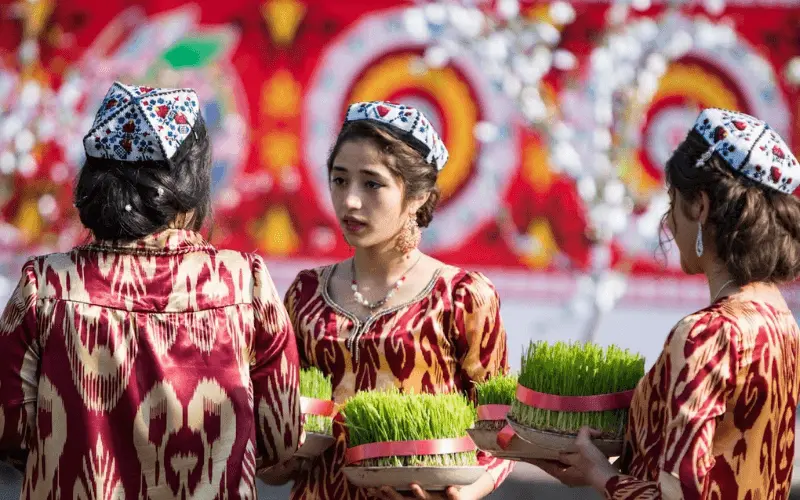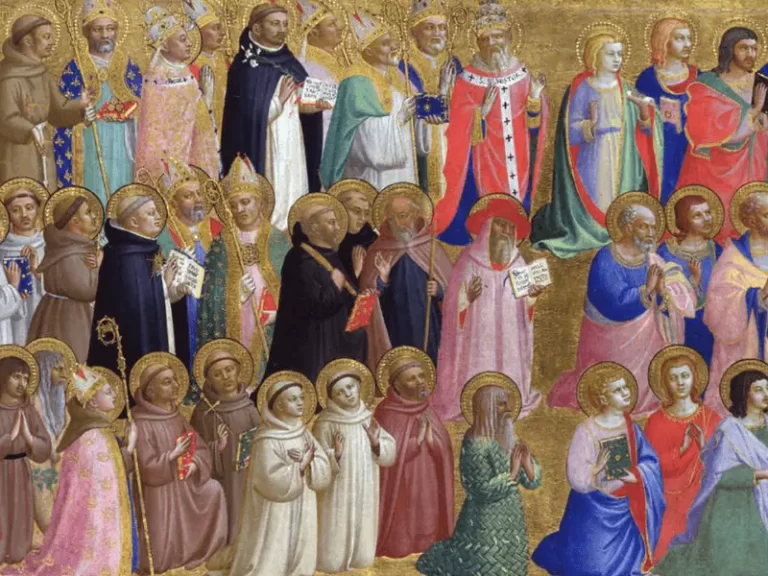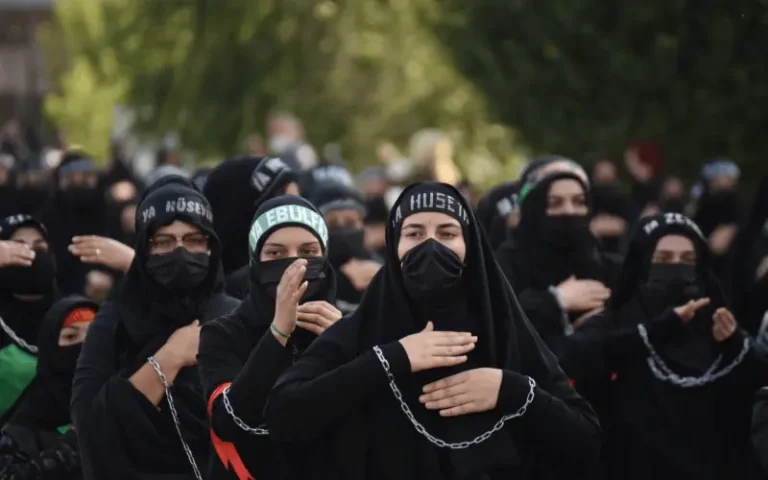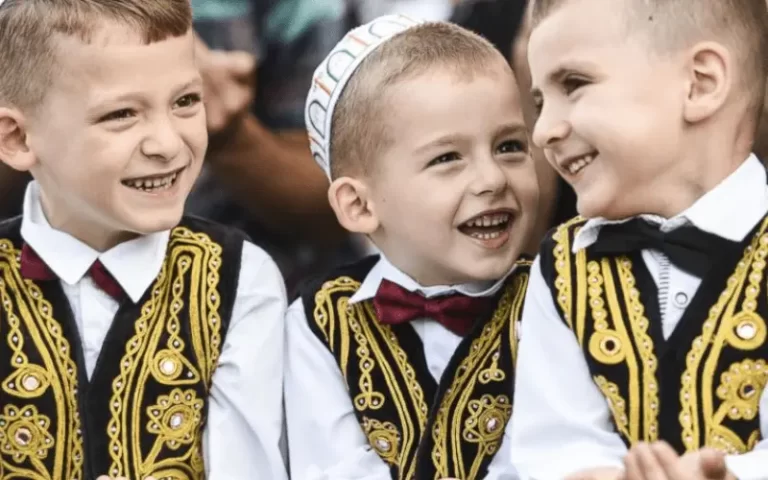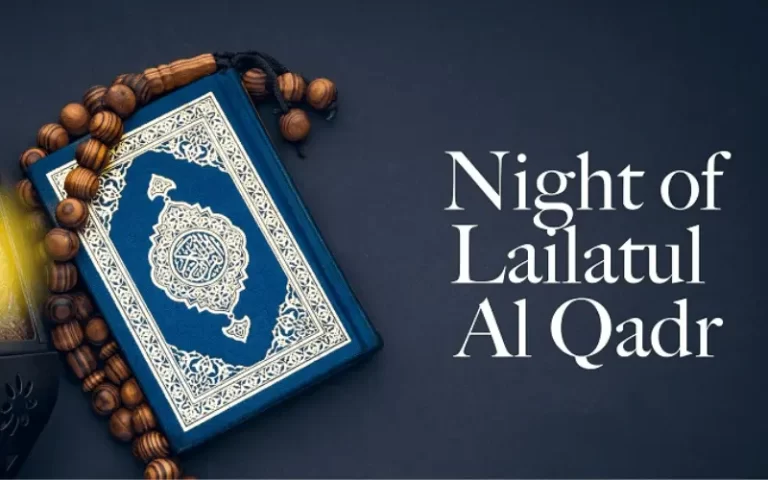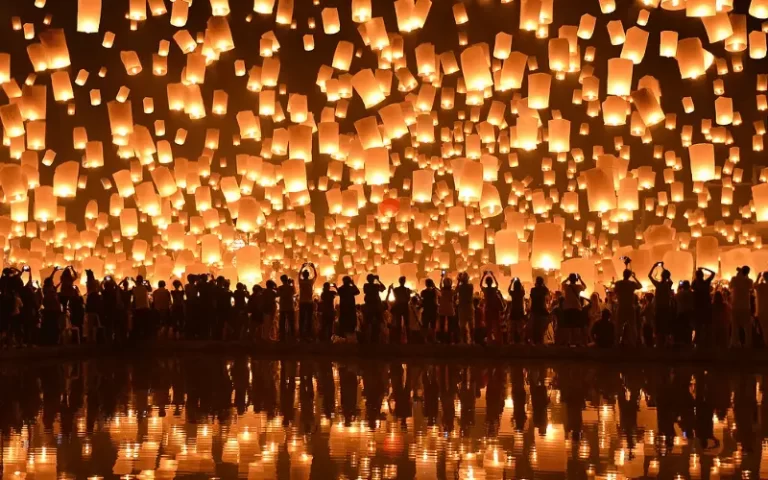Nowruz
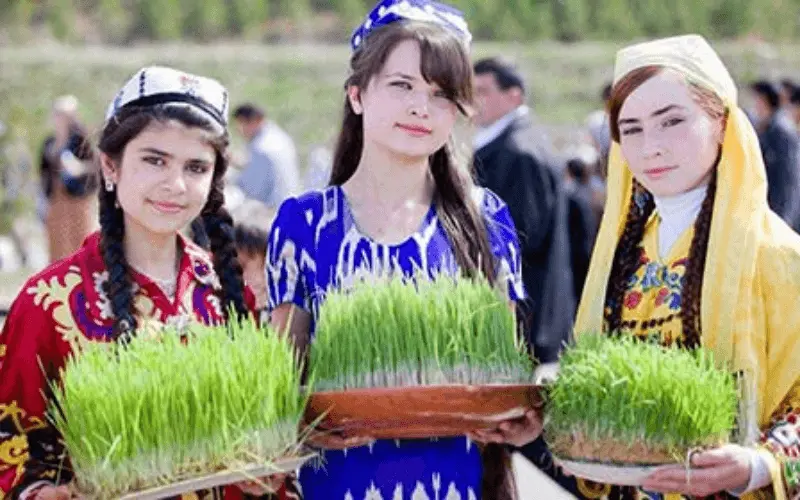
The word “Nowruz” is a combination of two Persian words: “now” meaning new, and “ruz” meaning day. Thus, Nowruz translates to “new day”. Nowruz is a celebration that marks the end of an old year and the beginning of a new one and is celebrated on the day of the astronomical vernal equinox, which usually takes place on March 21. It has been celebrated for over 3,000 years and is deeply rooted in the traditions and culture of the region.
What’s Nowruz? What is the history and importance of Nowruz? How do people celebrate Nowruz? That’s what this article is about. I’ll be telling you all about Nowruz. Just ensure you read this article through to the end.
Read other Religious Holidays Guides by daysdiscuss
What’s Nowruz?
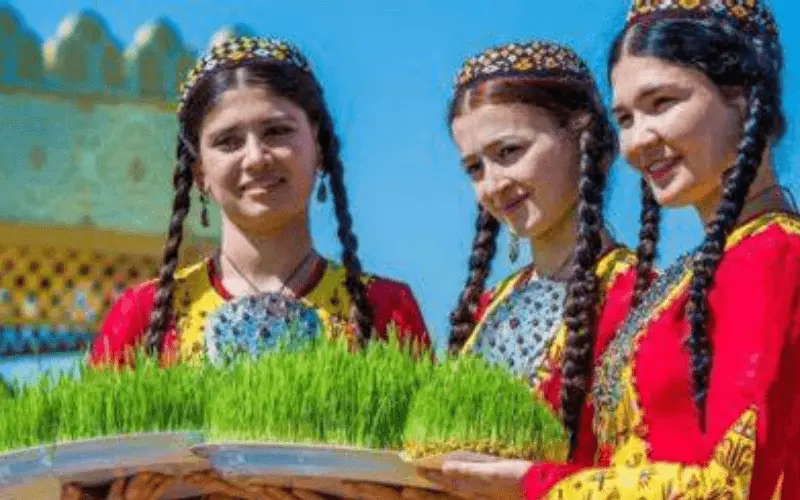
Nowruz, also known as Persian New Year or Iranian New Year, is a traditional festival celebrated by millions of people worldwide. It marks the beginning of the Iranian calendar year and typically falls on or around the spring equinox, usually on March 20th or 21st.
Nowroz celebrations usually last for about two weeks or 13 days and it’s an opportunity to reflect on the past and set intentions for the future. It involves various customs and rituals, including cleaning the house (known as “khaneh tekani”), visiting family and friends, exchanging gifts, preparing special foods, and setting up a table called “Haft Seen.”
During Nowroz, people also engage in activities like picnicking, singing, dancing, storytelling, and participating in cultural events and ceremonies. It’s a time for renewal, hope, and celebration of the arrival of spring and the beginning of a new year. Nowruz is recognized as an intangible cultural heritage by UNESCO (United Nations Educational, Scientific and Cultural Organization).
When is Nowruz?
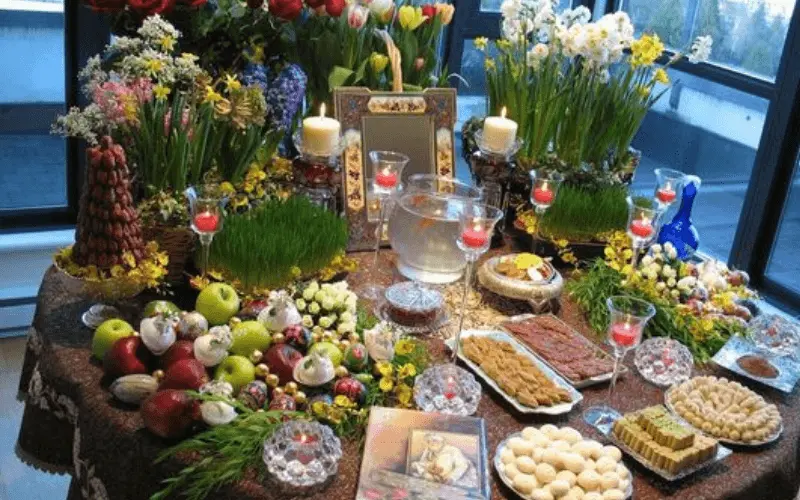
It begins at the spring equinox – the moment when the sun crosses the equator and day and night are of equal length. Usually, this is between 19-21 March, depending on astronomical calculations. This year, it is due to begin on 20 March.
In which countries is Nowruz celebrated?

Iran, Afghanistan, Azerbaijan, Tajikistan, Uzbekistan, parts of Iraq, Turkey, Syria, India, Kyrgyzstan, Kazakhstan, Pakistan, and Turkmenistan. It is also observed by minority communities in the Americas and Europe, including cities like Los Angeles, Toronto, and London.
Who celebrates Nowruz/ When was Nowruz first celebrated?
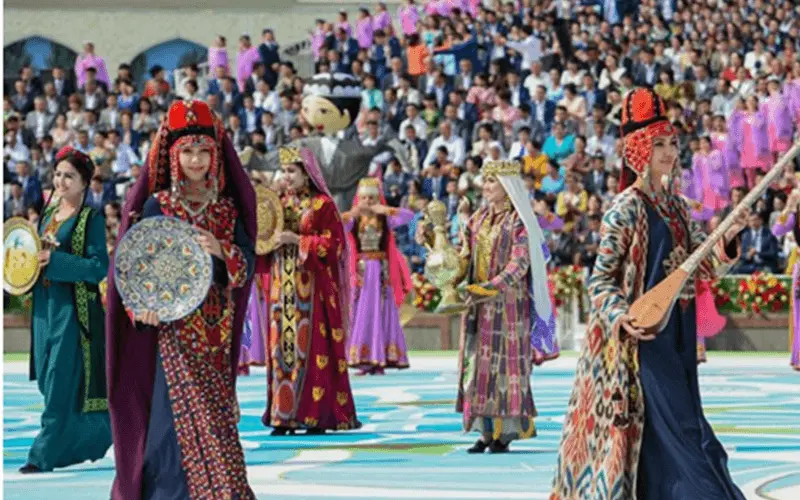
Nowroz is a part of Zoroastrianism, an ancient Persian religion that started way before Christianity and Islam, around 1000 BC. Zoroastrianism believes in one main god, Ahuramazda, who created everything good. But it also teaches about two forces, good and evil, which are always fighting each other.
Zoroastrianism sees fire and water as very pure and important symbols.
It all started with a man named Zoroaster, whom some people also call Zarathustra. He taught the main ideas of Zoroastrianism. His teachings were written down in a collection of writings called the Avesta.
Therefore, Nowroz has been celebrated for over 3,000 years, making it one of the oldest-known celebrations in human history.
History of Nowruz
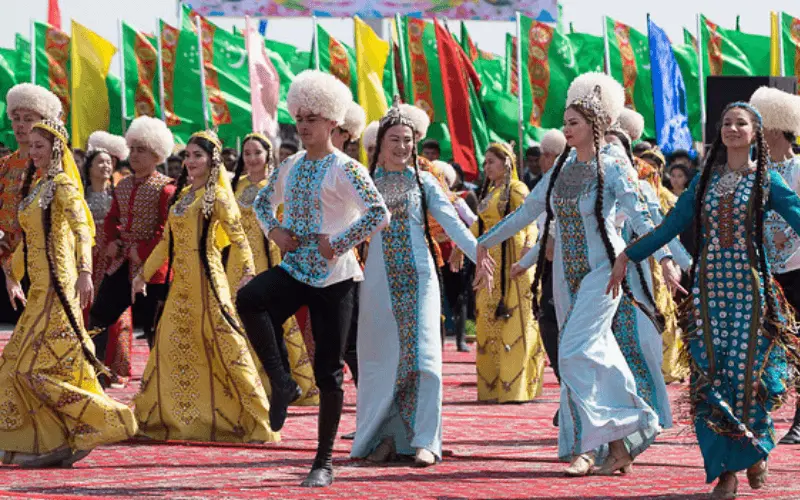
Nowroz, although its name doesn’t appear until the second century AD, is believed to be much older, possibly celebrated even during the Achaemenid Empire from 555 to 330 BC. There’s a theory that suggests the grand palaces of Persepolis were built for Nowruz celebrations, but there’s no direct evidence of this.
The earliest known records of Nowroz date back to the Arsacid/Parthian period (247 BC – 224 AD), particularly during the reign of Emperor Vologases I. However, details about Nowruz during this time are scarce.
After Ardeshir I founded the Sasanian Dynasty in 224 AD, Nowroz became a significant annual celebration. Many of the royal traditions associated with Nowroz, like audience sessions, gifts, and pardons, were established during the Sasanian era and continued unchanged for centuries.
Despite the rise of Islam in the region, Nowruz and another celebration called Sadeh persisted. Other pre-Islamic celebrations faded away or were only observed by Zoroastrians who moved to places like India. Nowruz, however, remained important, even celebrated by early Islamic leaders.
During the Abbasid era, Nowroz became the main royal holiday. Even after the fall of the Caliphate and the emergence of Iranian dynasties like the Samanids and Buyids, Nowroz continued to be highly regarded. The Buyids revived many ancient traditions, and even foreign invaders like the Turks and Mongols didn’t replace Nowroz with their celebrations. So, Nowroz remained the most significant celebration in Iran, honored by both the rulers and the people.
Importance of Nowruz
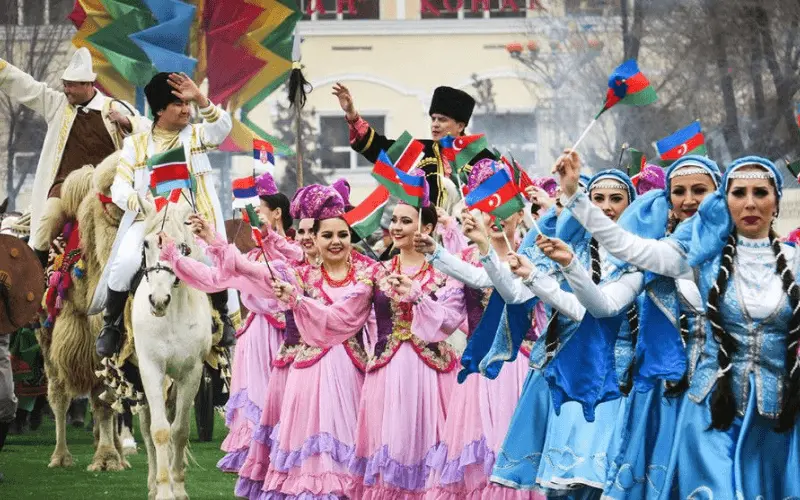
Nowroz holds significant importance for various reasons:
1. Cultural Heritage
Nowroz is deeply ingrained in the cultural identity of Persian-speaking communities and is celebrated as a symbol of their heritage, traditions, and customs.
2. Symbol of Renewal
Nowroz marks the beginning of spring, symbolizing renewal and the triumph of light over darkness. It is a time of hope, optimism, and new beginnings.
3. Family and Community
Nowroz is a time for families to come together, reunite, and strengthen bonds. It emphasizes the importance of unity, solidarity, and love among relatives and friends.
4. Spiritual Significance
Nowroz is associated with spiritual and religious beliefs, including Zoroastrianism, Islam, and other faiths. It incorporates elements of purification, gratitude, and reflection on the past year.
5. Agricultural Traditions
Historically, Nowroz has agricultural origins, marking the end of the winter season and the beginning of the planting season. It celebrates the fertility of the earth and the anticipation of a bountiful harvest.
6. Global Celebration
Nowroz is not limited to Persian-speaking communities; it is celebrated by millions of people worldwide, promoting cultural diversity, intercultural dialogue, and understanding among different cultures and nations.
7. UNESCO Recognition
Nowruz is recognized by UNESCO as an Intangible Cultural Heritage of Humanity, highlighting its significance as a shared cultural tradition that promotes peace, solidarity, and mutual respect among peoples. According to The United Nations Cultural Agency (UNESCO), the return of spring has great spiritual significance, representing the triumph of good over evil and joy over sorrow.
Overall, Nowroz serves as a time for reflection, gratitude, and celebration, fostering a sense of belonging, cultural pride, and shared humanity across diverse communities.
When is Nowruz 2024,2025,2026?
| Year | Date | Day |
| 2024 | March 20 | Wednesday |
| 2025 | March 20 | Thursday |
| 2026 | March 20 | Friday |
How is Nowruz celebrated?

Nowroz is celebrated in various ways, depending on the cultural traditions of the region and the family practices. However, some common elements of Nowruz celebrations include:
- Sabzeh (sprouted wheat, barley, or lentils): representing rebirth and renewal.
- Samanu (sweet pudding made from germinated wheat): symbolizing affluence and fertility.
- Seeb (apple): signifying beauty and health.
- Senjed (dried fruit of the oleaster tree): representing love and affection.
- Seer (garlic): symbolizing medicine and good health.
- Somāq (sumac berries): representing the color of sunrise and the victory of light over darkness.
- Serkeh (vinegar): symbolizing age and patience.
Besides these elements, the Haft Seen table may also incorporate a mirror to symbolize reflecting on the previous year, colored eggs to signify fertility, a goldfish to represent new beginnings, and candles to symbolize illumination and joy.
During the celebration, a diverse range of culinary delights are prepared, with “ash-e rested”, a type of noodle soup, being a common choice. This dish is often regarded as a symbol of the multitude of opportunities and potentials present in one’s life, as indicated by research conducted at Harvard University.
Unique confections, such as baklava and candied almonds, are also thought to bring luck and are distributed during the festivities. Additionally, traditional dishes like fish accompanied by fragrant rice mixed with fresh herbs and spices are served, symbolizing the rejuvenation of nature in the spring season.
Overall, Nowruz is a time of joy, renewal, and hope, symbolizing the triumph of light over darkness and the arrival of spring’s bounty. It’s a celebration deeply rooted in cultural and spiritual significance, bringing communities together to welcome the new year with optimism and enthusiasm.
What food do people eat for Nowruz?
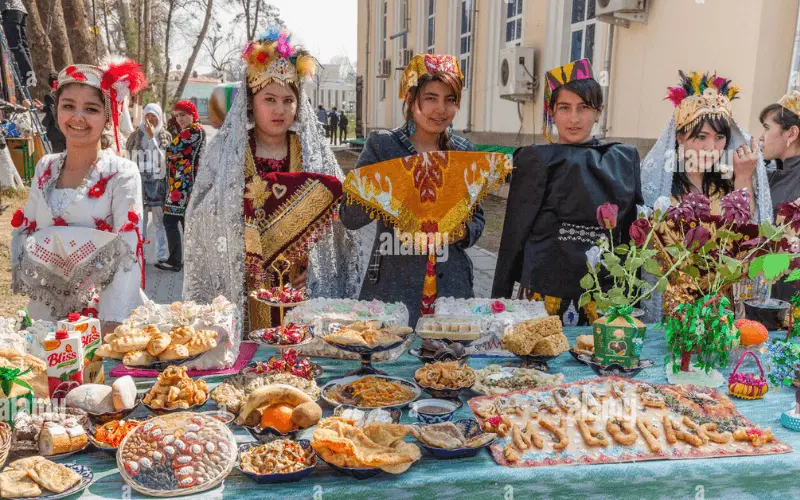
On the first day of Nowruz, families gather at the home of their oldest family member. The traditional New Year meal includes sabzi polo mahi (rice mixed with herbs and served with white fish); ash reshteh (a thick green soup with noodles, chickpeas, and beans); and kuku sabzi (vegetable frittata).
Pastries include baghlava, toot (mulberry); naan-nokhodchi (chickpea cookies with pistachio); and ajeel (dried berries and raisins).
Explanation of 13 days of Nowruz
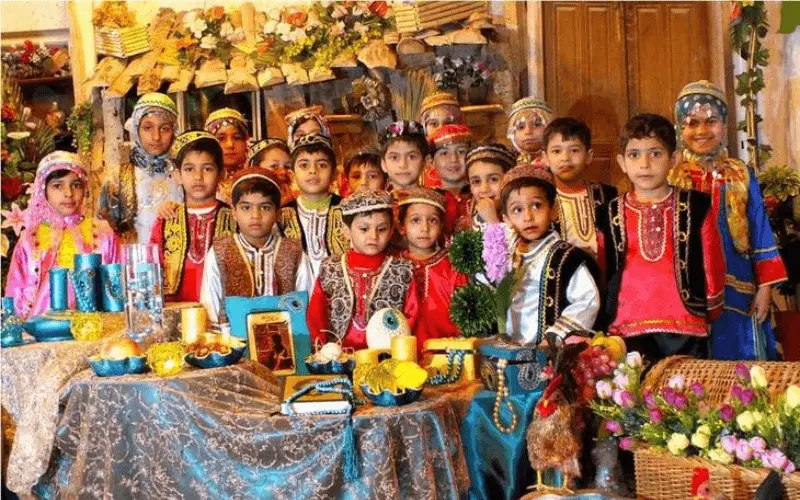
A detailed explanation of all 13 days of Nowruz:
Frequently asked questions
What is Nowruz?
Nowruz, which translates to “New Day,” is the Persian New Year and marks the beginning of spring. It’s celebrated by millions of people worldwide, particularly in Iran and other countries in the Persian cultural sphere.
How long does Nowruz last?
Nowruz typically lasts for 13 days. It begins on the day of the vernal equinox, which usually falls on or around March 21st, and continues until the 13th day of the month of Farvardin in the Iranian calendar. The 13th day is called “Sizdah Bedar” and is often celebrated with outdoor picnics and gatherings.
When is Nowruz celebrated?
Nowruz begins on the day of the vernal equinox, typically around March 21st, and lasts for 13 days.
Is Nowruz a religious holiday?
Nowruz has its roots in Zoroastrianism but is celebrated by people of various cultural and religious backgrounds, including Muslims, Christians, Jews, and others. It is more of a cultural and secular celebration of the new year and the renewal of nature.
Are there any special foods associated with Nowruz?
Yes, there are several traditional foods enjoyed during Nowruz, including Sabzi Polo ba Mahi (herbed rice with fish), Ash Reshteh (a hearty noodle soup), and various sweets such as baklava and halva.

